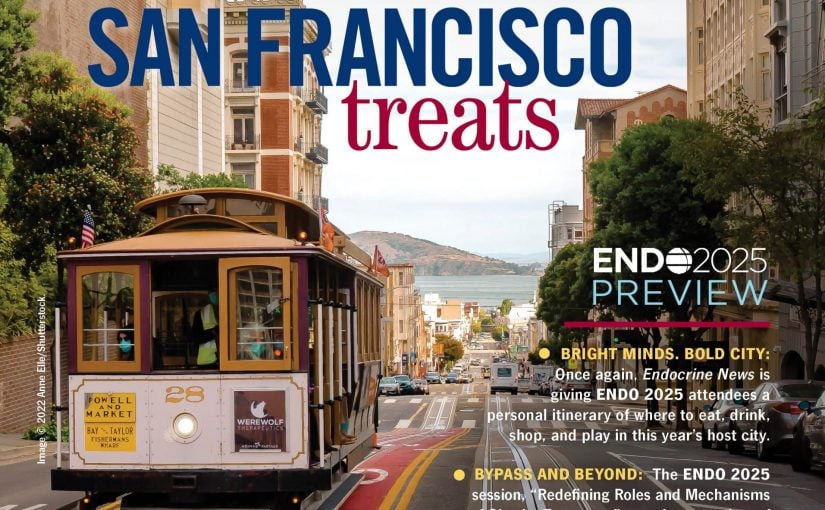When the biggest endocrinology conference in the world happens, professionals from around the world take notice! Boston was the hot spot the first week in June for ENDO 2024, welcoming over 7,000 endocrinologists from around the world to Boston in what turned out to literally be a meeting for the record books!
In a 1993 article for The New York Times, titled, “Why Cheers Proved So Intoxicating,” Bill Carter recounts the story of how brothers Glen and Les Charles, fresh off their success writing Taxi, came up with another idea for a workplace comedy along with their longtime collaborator, director James Burrows.
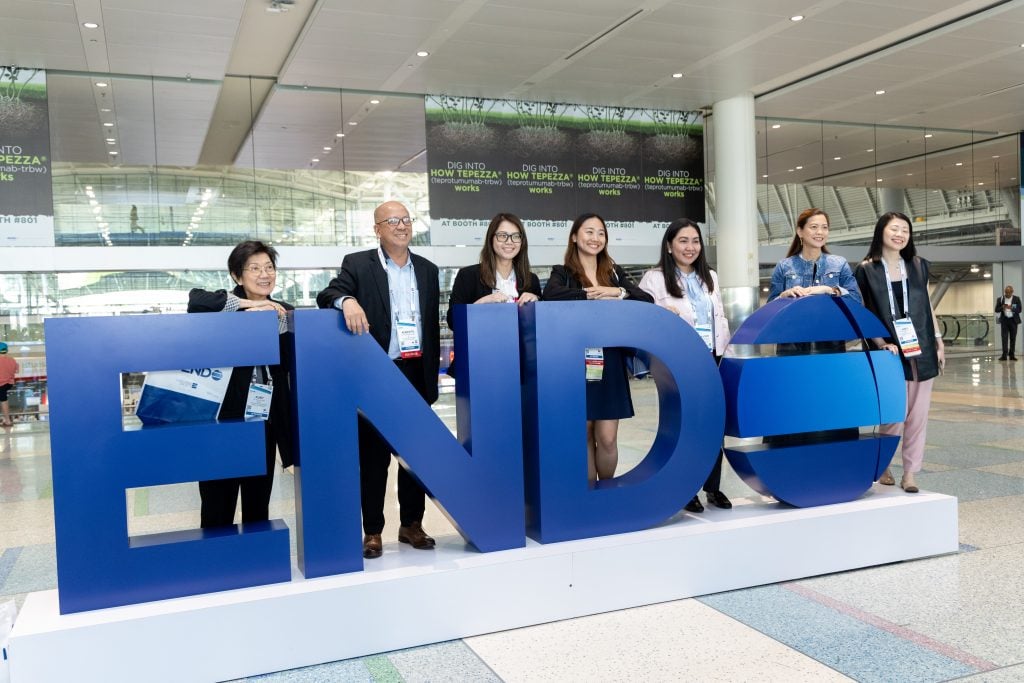
“[They] thought they could devise another workplace comedy — perhaps in a more inviting locale,” Carter writes. “That was 1981. A year later, the invitation was extended to viewers: Come visit a basement bar in Boston and listen to small talk and smart talk among an odd lot group of patrons. The bar, and the show, would be called Cheers.”
Small talk and smart talk, where everybody knows your name. ENDO 2024 in Boston was another round of just that: plenty of catching up with colleagues simply to ask how they’ve been or invite them to dinner. The Boston Convention and Exhibition Center was filled with smiles and hugs and even a dog park.
But the main event was definitely the smart talk — sharing findings and unveiling breakthroughs. Conversations about endocrinologists’ role in the modern climate — countering misinformation or providing care to addressing health disparities. The following is only a small sample of those proceedings.
Headband to Improve Surgical Recovery in Patients with Cushing’s
Researchers introduced a headband that tracks brain activity while patients with Cushing’s meditate, lessening pain and improving physical functioning after surgery.
The headband, called MUSE-2, uses electroencephalogram (EEG) sensors to measure brain activity and provides audio biofeedback while a person meditates.
The researchers wanted to study meditation in patients recovering from curative surgery for Cushing’s disease because meditation has been reported to enhance postsurgical recovery in patients with other conditions, says researcher Jasmine Saini, MBBS, of the Mayo Clinic in Rochester, Minn. “With little known about the interventions that can help patients experiencing glucocorticoid withdrawal syndrome, our group is the first to explore meditation to enhance post-surgical recovery,” she said.
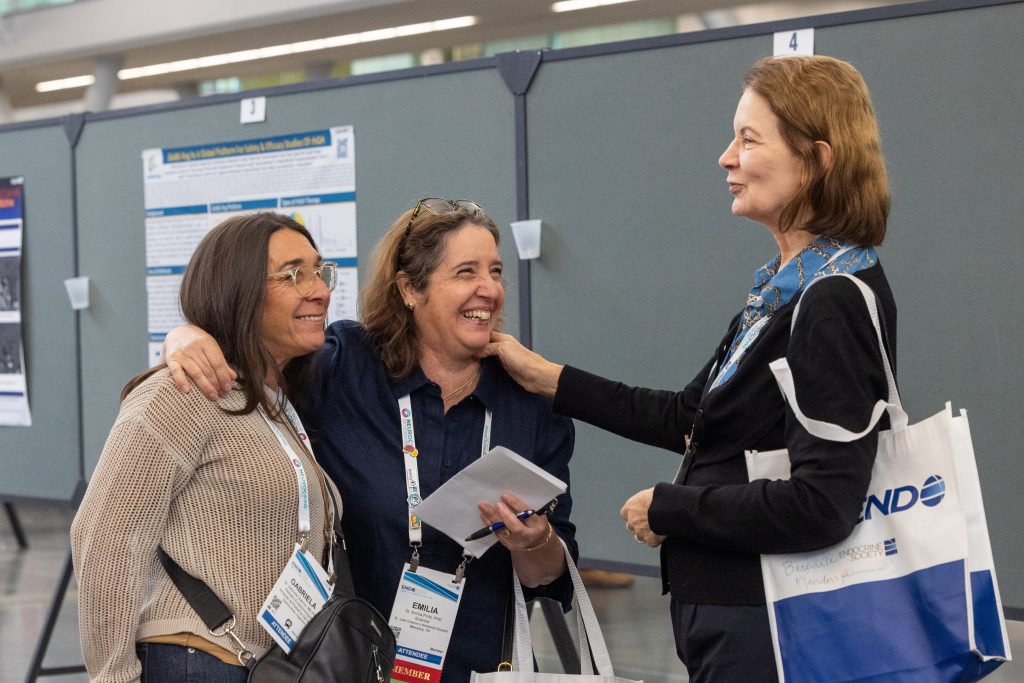
The study included two groups of patients recovering from surgery. The intervention group of 27 patients was offered a MUSE headband with instructions to meditate for at least 10 minutes per day for three months. The comparison group of 81 patients did not use the headband. Three months after surgery, patients using the MUSE headbands reported significant improvements in physical functioning and body pain compared with the comparison group.
“Despite a small sample size and short follow-up, results demonstrating improvement in body pain and physical functioning domains in the MUSE cohort are promising,” Saini says. “We are motivated to study biofeedback meditation’s impact on quality of life in a longer follow-up. With our preliminary results, we are hopeful this device can be used to alleviate symptoms of glucocorticoid withdrawal.”
The research was supported by the Olin Family Gift, Recordati, and the Mayo Clinic. The MUSE-2 devices were donated by the MUSE company.
Telemedicine Provides More Equitable Access to Endocrine Care for Patients with Type 2 Diabetes and Heart Disease
Since the COVID-19 pandemic, telemedicine has grown throughout the country, and its implementation has been a boon for patients with type 2 diabetes and heart disease living in rural areas or lower socioeconomic neighborhoods.
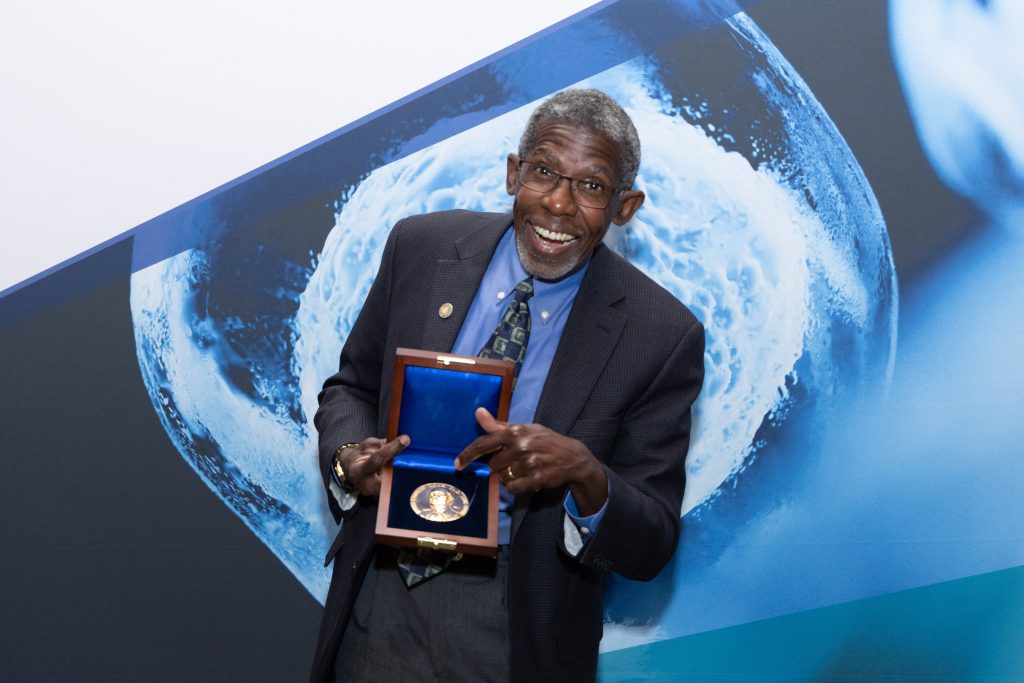
These patients, of course, could benefit from an endocrinologist’s care, but access is limited by a shortage of endocrinologists as well as patient-level barriers including lack of transportation, mobility challenges, and long travel times to the nearest endocrinology clinic, according to study co-author Margaret Zupa, MD, of the University of Pittsburgh School of Medicine in Pittsburgh, Pa. “Telemedicine can help patients overcome many of these barriers and can enhance access to endocrinology care for these patients,” she says.
The researchers analyzed electronic medical records for 9,546 adults who had type 2 diabetes and cardiovascular disease and were seen between January 2018 and June 2022 in a single large integrated health system. The study compared two periods: pre-telemedicine (January 1, 2018 to March 15, 2020) and post-telemedicine (March 16, 2020 to June 30, 2022).
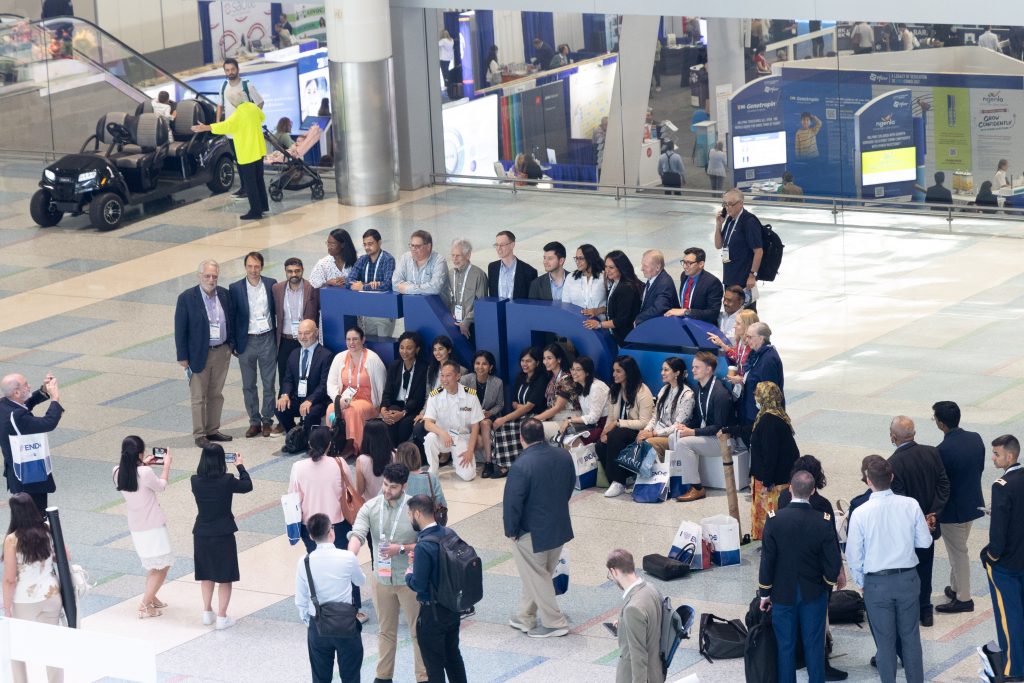
In total, 1,725 patients received endocrinology care during the study period. The study found that before telemedicine, patients more likely to receive endocrinology care were those who lived a shorter distance to endocrinology clinic, in more walkable neighborhoods with higher neighborhood socioeconomic status, than those who were younger, non-white, with more co-morbidities.
“After widespread use of telemedicine, travel distance to endocrinology clinic, race, and neighborhood socioeconomic status had less impact on endocrinology care access compared to the pre-telemedicine period, while younger age had a stronger relationship with receipt of this care,” Zupa says. “The findings suggest telemedicine can help make access to endocrinology care more equitable for patients who face barriers to in-person care, such as those living in rural areas or neighborhoods with low socioeconomic status.”
Stress from Living in Violent Neighborhoods Tied to Aggressive Lung Cancer in Black Men
Exposure to increased neighborhood violence has the power to change the glucocorticoid receptor (GR) for cortisol, which may influence the aggressiveness of lung cancer.
“This research uncovers a previously unknown link between exposure to neighborhood violence, GR, and lung tumor aggressiveness that can help us understand and fix the lung cancer health disparity seen in Black men” says Hannah Heath, BS, a graduate research assistant at the University of Illinois at Urbana-Champaign in Urbana, Ill.
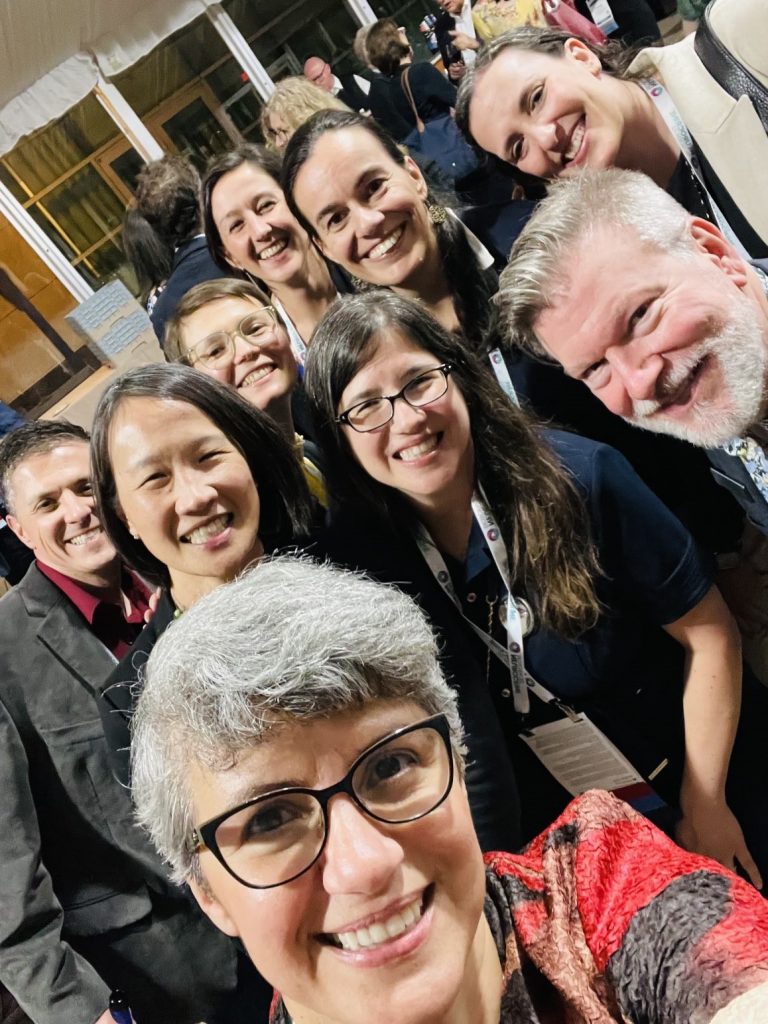
For this study conducted in Chicago, Heath and the research team found that Black men were more likely to live in neighborhoods with high levels of violent crime and have greater cortisol levels in their hair. This chronic stress, Heath explains, compelled the researchers to investigate how the GR impacted gene expression that regulates how aggressive a tumor will grow.
They collected lung tumor and healthy lung tissue samples from 15 Black and non-Black patients living in Chicago. Residential zip codes and police record data were used to determine which patients were living in neighborhoods with high, mid and, low levels of violent crime.
Among the tests performed, Heath and colleagues performed Cleavage Under Targets & Release Using Nuclease (CUT&RUN), a new technology that can be used to pinpoint regions of DNA that GR binds to.
“We found that genes correlated with exposure to neighborhood violence were associated with pathways involved in cortisol signaling and increased tumor aggressiveness,” Heath says. “When we looked at the spatial expression of these cortisol-signaling and tumor aggressiveness genes, we found regions within tumor samples from high-violence neighborhoods that had elevated expression of these genes.”

They did not find these regions among patients with tumors who lived in low-violence neighborhoods. Furthermore, exposure to neighborhood violence led to the GR binding in regions of DNA that promotes a more aggressive lung tumor–an area it does not typically bind to.
“We hope this research will lead to larger studies that will ultimately be used to guide the addition of the neighborhood environment as a lung cancer screening eligibility parameter,” Heath says. “Currently, these parameters heavily focus on smoking habits. However, because Black men smoke less, they are often not eligible for screening, resulting in Black men being screened less and diagnosed later than White men.”
Cheers, the television show and the bar, obviously took its name from what most English-speaking people say during a toast. (Koreans say “geonbae;” Mexicans typically say, “Salud.”) So, to belabor this point only a little further, I think it’s fair here to make a toast to ENDO 2024, to the year of endocrinology to come, and to ENDO 2025 in San Francisco. Hope to see you all there for the next round of smiles and hugs and dogs. And of course, all the smart talk again. Cheers.
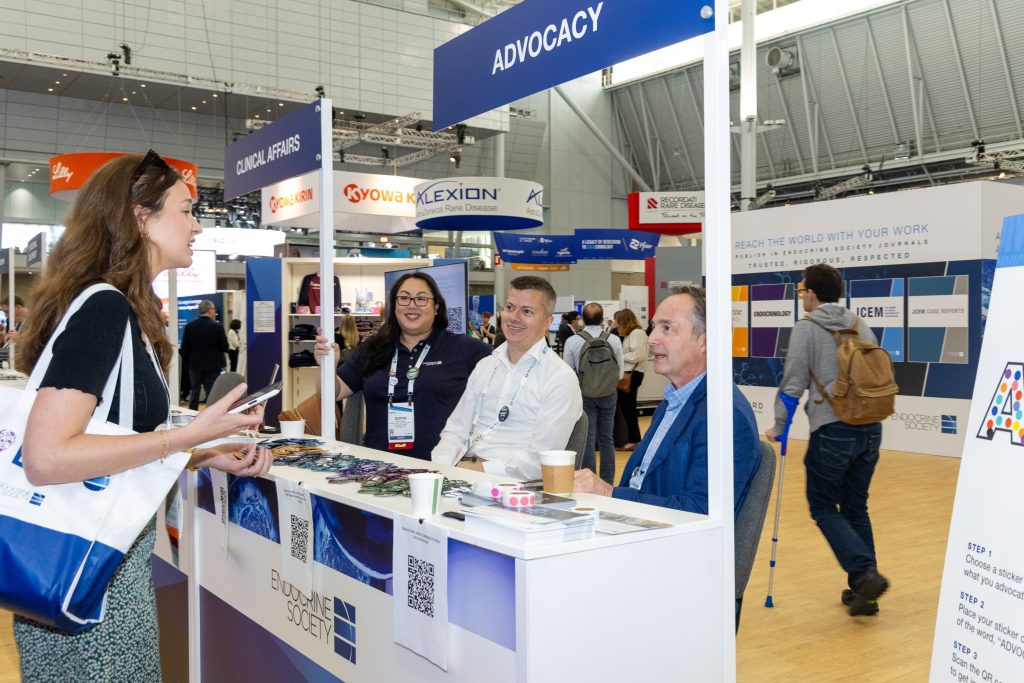
Bagley is the senior editor of Endocrine News and has been with the Endocrine Society since 2013. He wrote about the Endocrine Society’s Medical School Engagement Program in the July issue.

